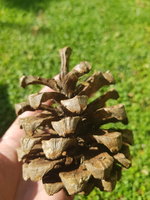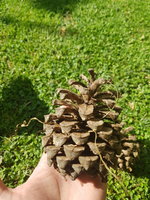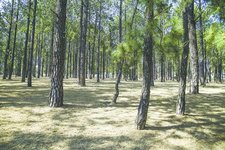eugenev2
Shohin
Hi all,
I'm trying to identify the pine in the attached pictures. I've seen in other threads that pines can only be identified by its cones, so hopefully these pictures will do. Although pines aren't particularly common in South Africa, it doesn't seem like one of the "common" ones pinus patula or Pinus pinea. I'm thinking maybe pinus pinaster, ponderosa pine or Pinus taeda. Any ideas?
I'm trying to identify the pine in the attached pictures. I've seen in other threads that pines can only be identified by its cones, so hopefully these pictures will do. Although pines aren't particularly common in South Africa, it doesn't seem like one of the "common" ones pinus patula or Pinus pinea. I'm thinking maybe pinus pinaster, ponderosa pine or Pinus taeda. Any ideas?




